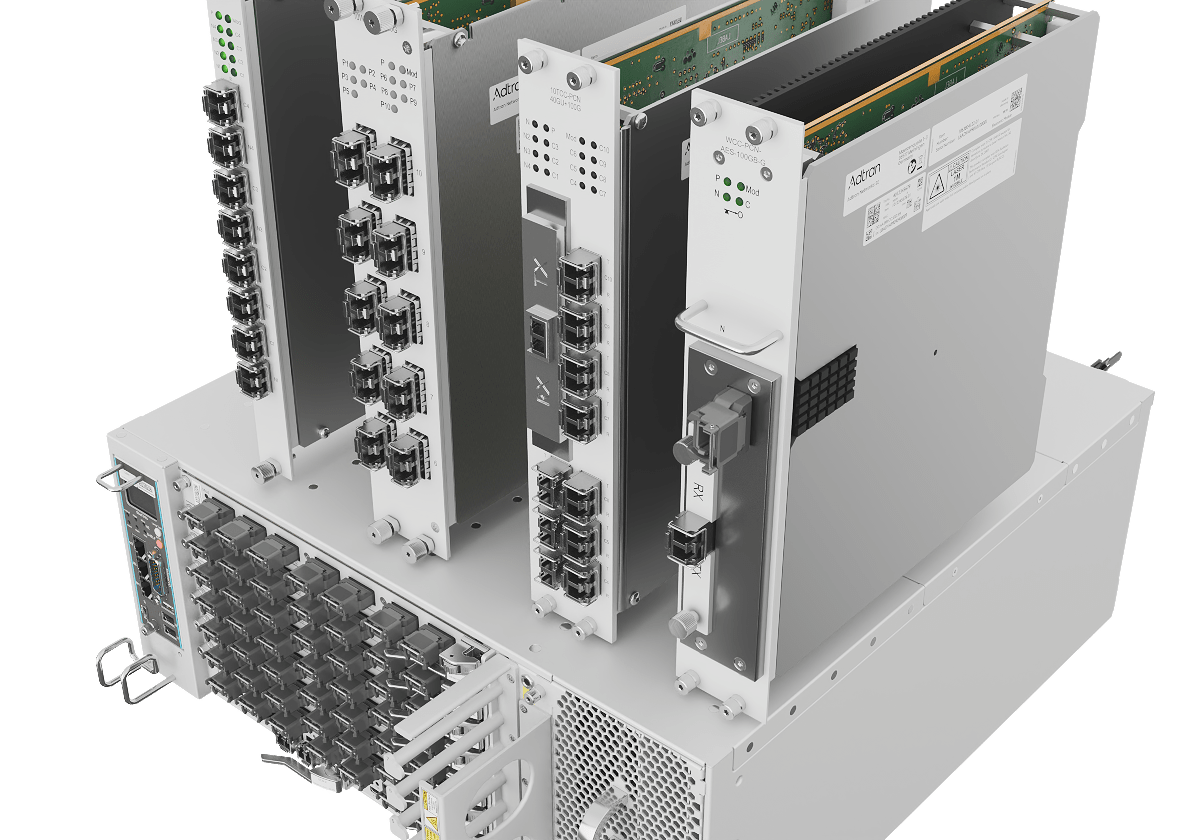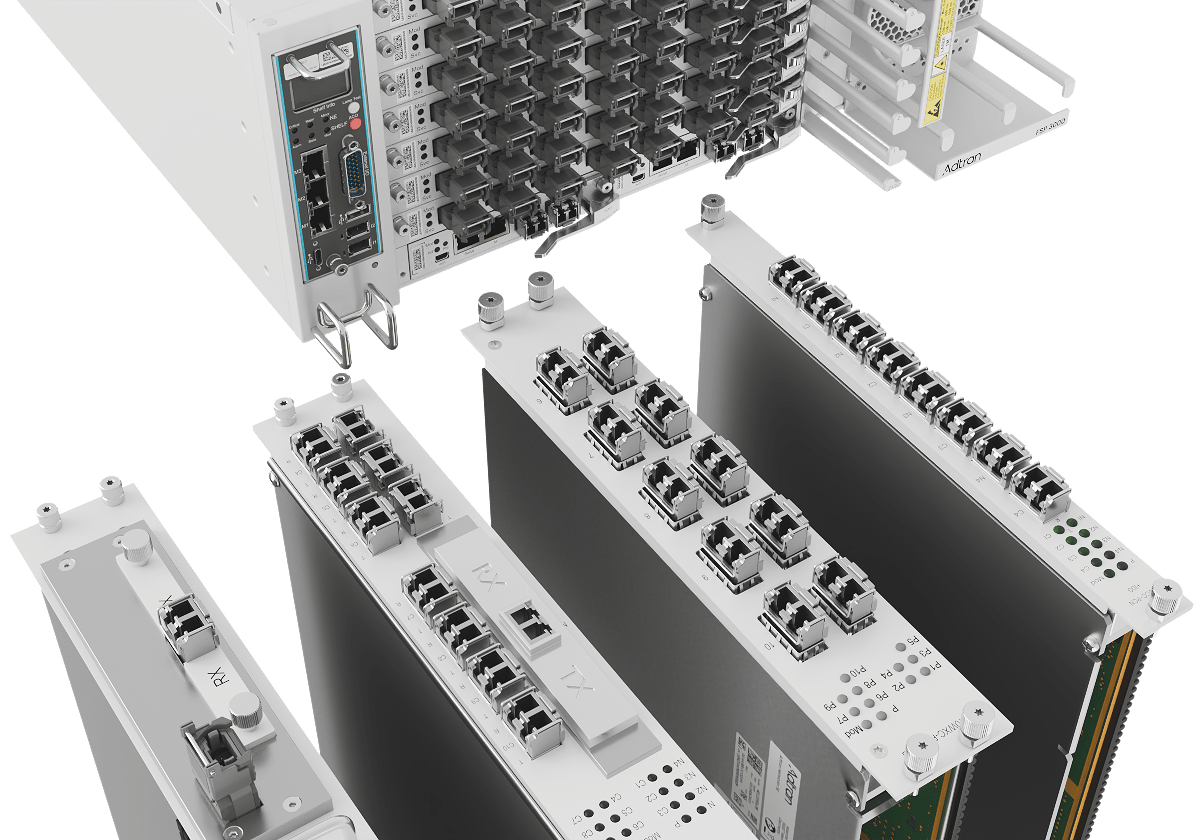What are ROADMs?
Flexible, scalable DWDM networks
Today’s optical networks are much more dynamic than in the past and require greater flexibility. Traffic demands (e.g., data growth and traffic patterns) often shift and are difficult to predict. Reconfigurable optical add-drop multiplexers (ROADMs) emerged as a solution, transforming static pipes into dynamic networks. ROADMs allow network operators to access any wavelength at any node at any time, creating a new level of operational simplicity and flexibility. Optical wavelengths can be added or reconfigured within seconds. Moreover, this is done remotely via software without truck rolls and hardware changes in the corresponding nodes. Operators gain the ability to optimize network resources, adapt to changing traffic demands, and achieve efficient wavelength provisioning, resulting in enhanced network performance and improved service delivery.
New levels of efficiency and agility
ROADM technology enables dynamic and flexible routing of optical signals based on real-time demands and without on-site visits.

Our ROADM technology, part of the FSP 3000 open optical transport solution, enables a more efficient and flexible optical networking infrastructure, simplifies network planning and minimizes operational complexity.
Simplified operation and planning
With ROADMs, network operators can easily change traffic patterns or add intermediate sites without the need for changes in existing nodes or bandwidth pre-allocation.

The dynamics of ROADM technology
ROADMs work by selectively and remotely rerouting wavelengths of light, which are different data streams, in a fiber-optic network. Optical signals are divided into their constituent wavelengths inside the ROADM using a wavelength selective switch (WSS) or similar technology. These wavelengths can be directed onto any available path, enabling dynamic routing based on the network's real-time demands. This reconfiguring process significantly enhances the efficiency and flexibility of a network, reducing the need for meticulous pre-planning and pre-allocation of bandwidth and enabling quick adaptation to changes in data traffic. There are different types of ROADMs in accordance to the number of degrees or DWDM line interfaces (2-degree or multi-degree) and key attributes (colorless, directionless, contentionless and/or flexgrid).
Open and scalable optical networking
The Adtran FSP 3000 open line system (OLS) incorporates state-of-the-art ROADM technology to meet the shifting demands of modern networks.

Flexgrid ROADMs for simplicity and lowest cost
Our ROADM technology, part of the FSP 3000 open optical transport solution, enables a more efficient and flexible optical networking infrastructure, simplifies network planning and minimizes operational complexity. Users can choose between different configuration options to meet their exact needs at lowest cost. What’s more, with flexgrid technology operators can deploy future-proof optical networks that can scale and accommodate any signal’s baud rate, and therefore any existing and future coherent innovation. And the benefits go beyond a flexible and reconfigurable optical layer. With automated per-channel power levelling and remote software control, our FSP 3000 ROADMs extend wavelengths reach without O/E/O regeneration, minimize truck rolls, and enable traffic restoration and software-defined networking. Suitable for a wide range of applications, our ROADMs easily adapt to changing traffic demands, improve service provisioning and enhance network resilience.
Related products
 ;
;

